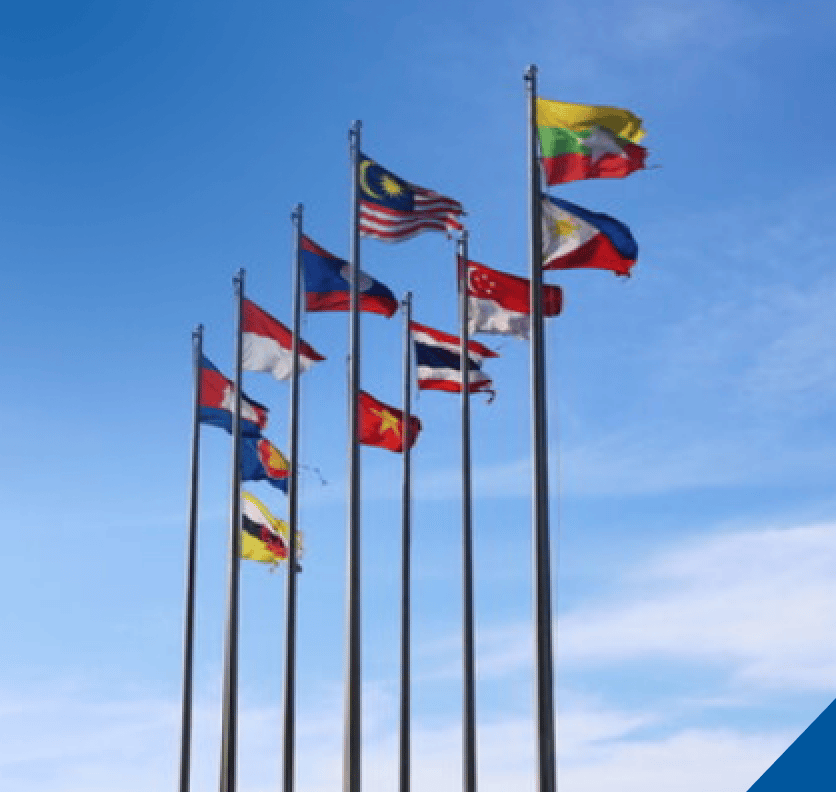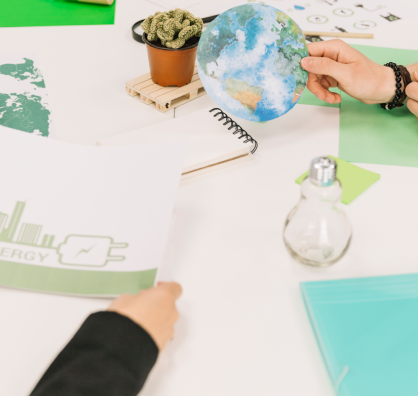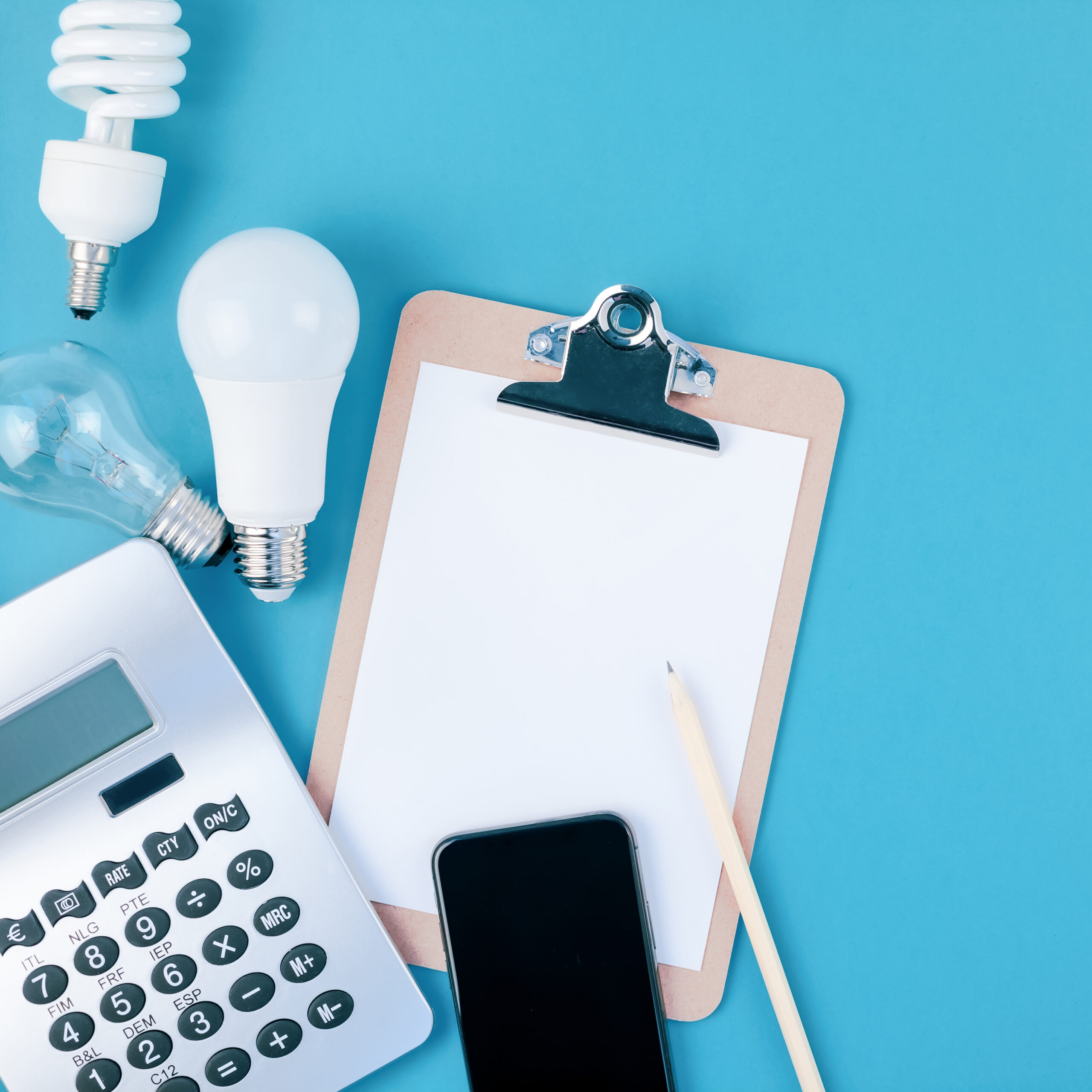[vc_row css=”.vc_custom_1565542682041{margin-right: 0px !important;margin-left: 0px !important;}”][vc_column css=”.vc_custom_1565542696462{padding-right: 0px !important;padding-left: 0px !important;}”][vc_single_image image=”10183″ img_size=”full” el_class=”banner-event”][/vc_column][/vc_row][vc_row css=”.vc_custom_1565542751414{margin-right: 0px !important;margin-left: 0px !important;}”][vc_column width=”1/4″][/vc_column][vc_column width=”1/2″ css=”.vc_custom_1565622195563{padding-bottom: 50px !important;}”][vc_column_text el_class=”title-event”][post_title][/vc_column_text][vc_column_text el_class=”author-pers”]By Muhammad Oktada Hilman and Muhammad Rizki Kresnawan[/vc_column_text][vc_column_text el_class=”date-venue-news”]Wednesday, 17 Mar 2021[/vc_column_text][vc_column_text el_class=”text-par-news”]Given its abundant renewable energy potential, Indonesia has set an ambitious target of increasing the share of renewable energy (RE) to 23 per cent of the national energy mix by 2025. By the end of 2020, however, the RE share had reached 11.51 per cent, well below the initial target of 13.4 per cent set by the New Renewable Energy and Energy Conservation (EBTKE). The COVID-19 pandemic has indeed slow progress on several renewable energy projects.
The original article can be found here.[/vc_column_text][/vc_column][vc_column width=”1/4″][/vc_column][/vc_row]











